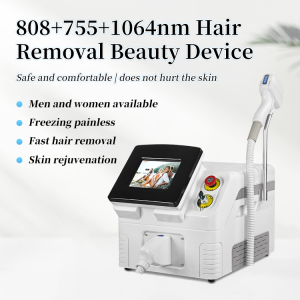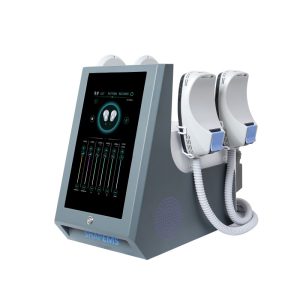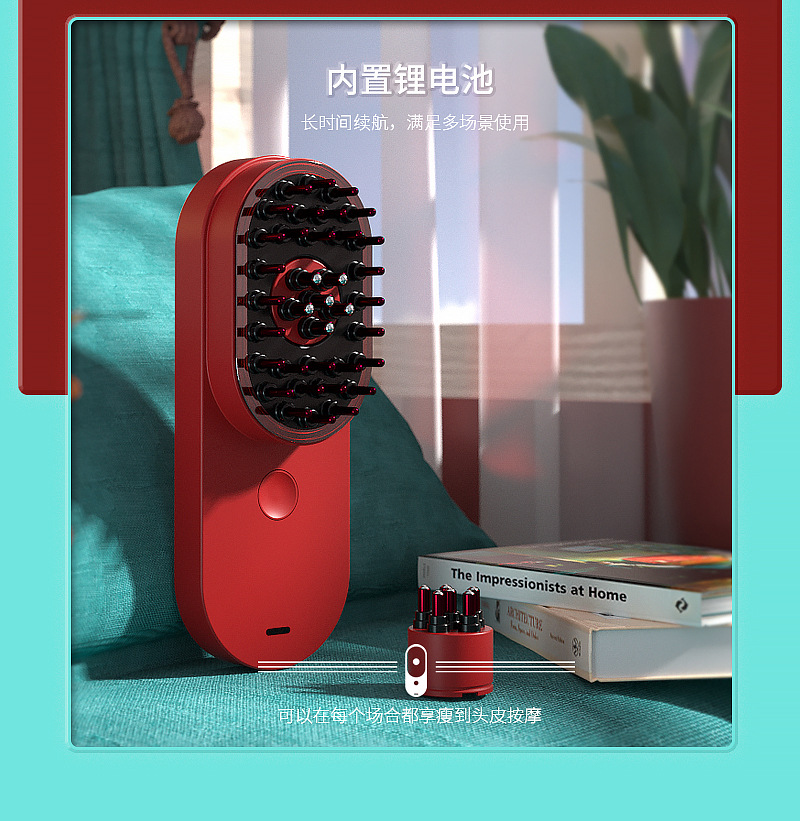
Hair loss is indeed annoying, but understanding its different types and treatments can help you cope with it with more confidence. Hair loss is mainly divided into two categories: scarring alopecia (permanent) and non-scarring alopecia (usually reversible) , and treatment methods vary by type. Below, let me sort out the classification of hair loss and the corresponding treatment methods for you in detail:
##1. Non-scarring alopecia (more common, usually reversible)
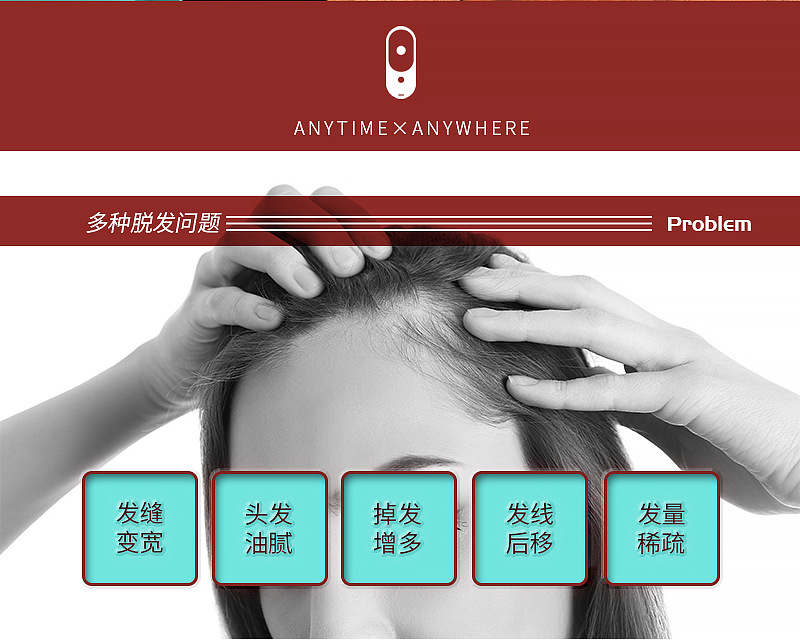
- Androgenic alopecia:
The most common type , accounting for more than 90% of hair loss in men, is also common in women.
Etiology: Genetic predisposition + Effects of androgens (especially dihydrotestrogen DHT). DHT miniaturizes the hair follicles, shortens the growth period, and prolongs the telogen period.
Performance:
Men: The hairline moves back (type M), the hair on the top of the head thins (Type O), and in severe cases only the occipital and temporal hair (horseshoe shape) is left.
Women: The hair on the top of the head and at the hair joints is diffuse thinning and thinning (Christmas tree pattern), and the hairline is usually retained.
Treatment:
External drugs:
Minoxidil: FDA approved for use in men and women. Promote hair growth and extend the growth period. It needs to be used for a long time, and the effect will gradually disappear after discontinuation. Common side effects are increased initial temporary alopecia (telogen alopecia) and local irritation.
Oral drugs:
Finasteride: FDA approved for use in men . Inhibit type II 5a reductase and reduce DHT levels. The effect on the top of the head is better than on the forehead. It needs to be taken for a long time. Potential side effects (rare but important to note): decreased libido, erectile dysfunction, decreased semen volume (withdrawal is usually reversible). Not applicable to women of childbearing age (there is a risk of teratogenicity).
Spironolactone/cyproterone acetate: Commonly used in women AGA. Antiandrogenic effect. It needs to be used under the guidance of a doctor, pay attention to contraception (there is a risk of teratogenicity) and monitor electrolytes, blood pressure, etc.
Low-energy laser treatment: Household laser cap/comb. It may promote growth by stimulating hair follicles and improving microcirculation. The effect varies greatly from individual to individual, and it is used as an adjuvant treatment.
Hair transplantation: Transplant hair follicles that are not sensitive to DHT in the occipital area to the hair loss area. The effect is long-lasting and natural, and it is an effective way to solve obvious baldness. It requires a certain amount of resources for the development area, and the cost is higher.
Platelet-rich plasma injection: Extract your own blood, centrifuge PRP, and inject it into the scalp. Hair follicles may be stimulated by growth factors. The effect needs to be confirmed by more high-quality studies.
- Alopecia areata:
Etiology: Autoimmune disease, the immune system mistakenly attacks the hair follicles.
Manifestations: Sudden appearance of round or oval hair loss plaques with clear boundaries, smooth scalp and no inflammation. It can involve body hair such as eyebrows, eyelashes, beards, etc. In severe cases, it can develop into total baldness (loss of all hair) or general baldness (loss of hair all over the body).
Treatment:
Observation: Some patients with mild symptoms can heal themselves (hair regrowth within a few months, but recurrence may occur).
Local treatment:
Powerful corticosteroids for external use or local injection: First-line treatment to inhibit the local immune response. The effect of injection is usually better than that of external use. For long-term external use, attention should be paid to skin atrophy.
Minoxidil: Adjuvant therapy, promotes regeneration, and is often used in combination with hormones.
Contact immunotherapy: Such as biphenylcyclopropanone. Contact dermatitis is artificially induced to regulate the immune response. It needs to be carried out in a professional institution, the course of treatment is long, and there may be severe dermatitis reactions.
Topical JAK inhibitors: Such as baritinib cream (approved by the FDA), Tofatib cream (under study). It works by blocking the inflammatory pathway. The outlook is promising.
Systematic treatment (for extensive or intractable cases):
Oral corticosteroids: Short-term effectiveness, but long-term side effects are large, and it is easy to relapse after discontinuation.
Oral JAK inhibitors: Such as baritinib, Tofatib, and ritecitinib (approved by the FDA). Revolutionary progress has had a significant effect on moderate to severe alopecia areata. It needs to be taken for a long time, paying attention to potential side effects such as infection, blood lipids, and blood signs.
Wigs/hair pieces: An important choice to improve appearance.
- Telogen hair loss:
Etiology: A variety of stress factors cause a large number of hair follicles to enter the telogen period early and fall off. Common causes: high fever, severe illness/surgery, postpartum, rapid weight loss/malnutrition (lack of protein, iron, zinc, biotin, vitamin D, etc.), certain drugs (such as anticoagulants, vitamin A acids, some antihypertensive drugs, anti-hyperthyroidism drugs, etc.), psychological stress.
Manifestations: Diffuse hair thinning and thinning, especially on the top of the head and at the hair joints. Hair loss is significantly increased when washing and combing your hair. It usually occurs 2-3 months after the cause.
Treatment:
Key: remove or correct the cause!
Nutritional support: A balanced diet, if there is a clear deficiency (such as low ferritin), supplement under the guidance of a doctor.
Waiting: After the cause is removed, it usually takes 3-6 months or more, and the hair will gradually regain its growth density on its own. Patience is very important.
Minoxidil: Can assist in speeding up the recovery process, but it is not necessary.
Stress management: Learn relaxation techniques.
- Hair loss during growth:
Cause: Severe toxic damage to hair follicles during growth (the most common is chemotherapy drugs ).
Performance: Sudden, rapid, and large amounts of hair loss (often within a few days to several weeks), which can affect all hair.
Treatment:
Mainly supportive: After chemotherapy is stopped, the hair usually regenerates on its own within a few months (hair color and curl may change after regeneration).
Prevent/reduce shedding: Wear a cooling cap during chemotherapy (it has a certain effect).
Psychological support and wig use.
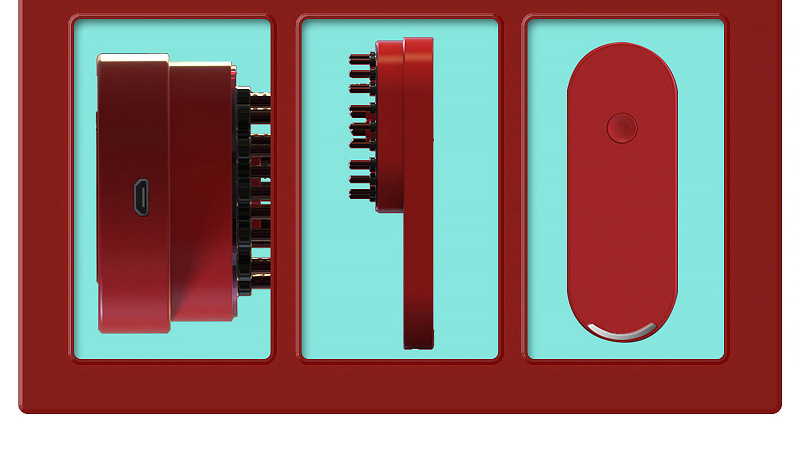
- Traction alopecia:
Etiology: Long-term, continuous pulling of hair (such as overly tight ponytails, braids, buns, hair extensions, and excessive use of curlers).
Performance: Hair thinning and broken at the edge of the hairline or in the pulled area. Early removal of pulling is reversible, and long-term damage to hair follicles can lead to scarring.
Treatment: Immediately stop the hairstyle that causes pulling! Changing hairstyle habits is the key. Early intervention can be restored.
## 2. Scarring alopecia (permanent)
Features: Hair follicle stem cells are destroyed and replaced by fibrous scar tissue, resulting in Permanent hair loss .
Etiology: A variety of reasons cause inflammation around the hair follicles, which eventually destroys the hair follicles. Including:
Primary scarring alopecia: lichen planus, discoid lupus erythematosus, hair lichen planus, central centrifugal scarring alopecia, balding folliculitis, etc.
Secondary scarring alopecia: severe burns, trauma, radiation damage, severe infections (such as pyogenic ringworm, deep mycosis), etc.
Manifestations: The scalp in the hair loss area may be red, swollen, scaly, atrophied, smooth and shiny, and the hair follicle may disappear. It can be accompanied by pain, itching, and burning sensation (during active inflammation).
Treatment:
Core goals: Diagnose as soon as possible, control inflammatory activities as soon as possible, prevent disease progression, and save hair follicles that have not yet been destroyed.
Medicine:
Anti-inflammatory: Topical/intradermal injection/oral corticosteroids.
Antibacterial/anti-inflammatory: Topical/oral antibiotics (such as tetracyclines), antifungal drugs (such as co-infection).
Immunomodulatory/immunosuppressants: Hydroxychloroquine, methotrexate, mycophenolate, cyclosporine, etc. (For severe or progressive cases).
Others: External use of calmodulin neurophosphatase inhibitors (such as tacrolimus).
Hair transplantation: Is only suitable for areas where the inflammation is completely stable (usually it takes more than 1-2 years to stabilize), otherwise the transplanted hair follicles may also be destroyed. The effect depends on the resources and stability of the supply area.
Surgical resection: For limited small-area scars.
Wigs/hair pieces: The main way to improve appearance.
## 3. Other types of hair loss
Trichotillomania: Mental and behavioral disorders, patients cannot restrain themselves from pulling out their own hair. Behavioral therapy and possible drug therapy (such as SSRIs) are required.
Syphilis alopecia: The manifestation of stage II syphilis is “insect-like” hair loss. The primary pathogen (penicillin) needs to be treated.
Tinea capitis: Caused by fungal infections, it can lead to hair loss and hair loss (especially black ringworm and pyogenic ringworm). Oral antifungal drugs are required for treatment.
## Important principles and suggestions
- A clear diagnosis is a prerequisite for treatment: The cause of hair loss is complex, Be sure to see a doctor (dermatologist) first! The doctor will check the diagnosis by asking about the medical history, observing the pattern of hair loss, hair lift test, dermoscopy, and if necessary, blood tests (such as hormones, iron metabolism, thyroid function, autoantibody, etc.) or scalp biopsy.
- Early intervention: Especially for AGA and scar alopecia, early treatment can achieve better results or prevent progress.
- Adhere to treatment: Most hair loss treatments (such as AGA’s minoxidil/finasteride, and JAK inhibitors for alopecia areata) require long-term persistence to maintain the effect, and after discontinuation, it usually gradually returns to the pre-treatment state.
- Management expectations: Most of the existing treatment methods can only improve, delay or maintain, and it is difficult to fully return to the dense state before hair loss. The effect of hair transplantation is relatively long-lasting, but there are limitations.
- Lifestyle adjustment:
Balanced nutrition: Ensure adequate intake of protein, iron, zinc, and vitamins (especially B, D, and biotin).
Stress reduction: Learn stress management skills (exercise, meditation, adequate sleep).
Gentle hair care: Avoid excessive perm dyeing and pulling, choose a gentle shampoo to reduce the frequency and temperature of hot tools.
Avoid smoking: Smoking damages hair follicle microcirculation.
In summary:
The most common androgenic alopecia , drug treatment (minoxidil, finasteride/spironolactone) is the basis, and hair transplantation is an important means.
Alopecia areata Treatment is progressing rapidly, and JAK inhibitors are a major breakthrough.
Telogen hair loss The focus is on removing the cause and waiting patiently.
Scarring alopecia Early diagnosis and active anti-inflammatory are required to save the remaining hair follicles.
When the diagnosis is unknown, please be sure to seek the help of a professional dermatologist! Do not take medicine blindly by yourself or listen to home remedies.
Although hair loss is distressing, modern medicine has provided a variety of effective coping options. The sooner you seek professional help, the more effective you can control the process of hair loss. The company’s scalp detector, hair growth comb and other products are widely praised, welcome to consult.


